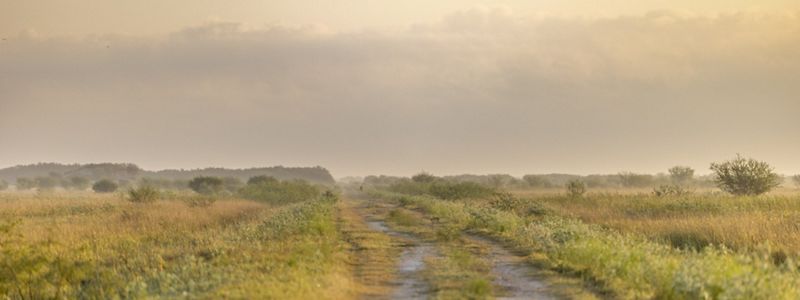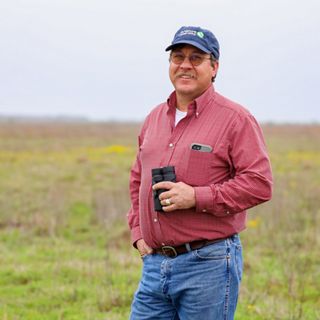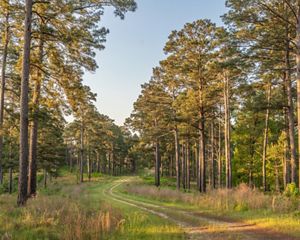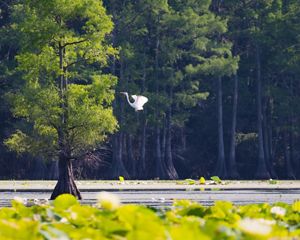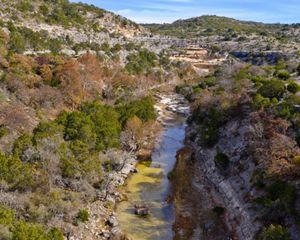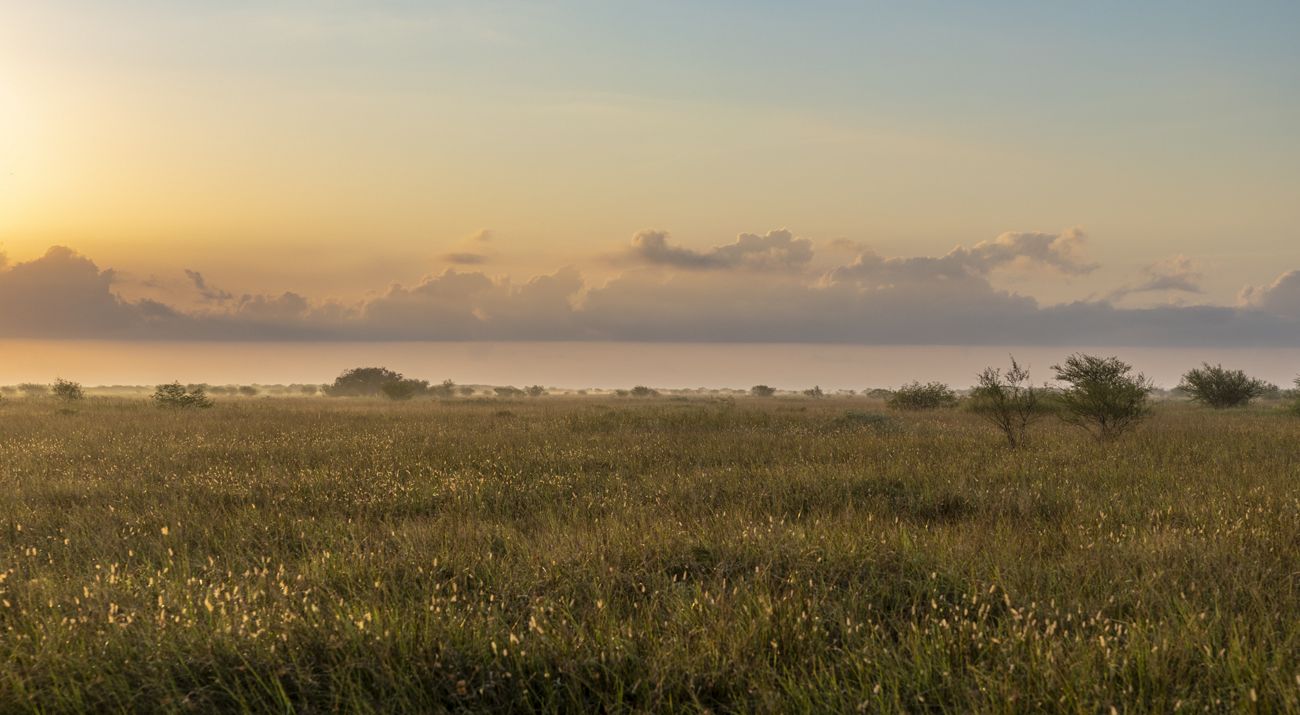
Where Legacy Meets Land: A Prairie Protected for Generations
TNC and partners secured the largest conservation easement ever preserved through RESTORE funding, protecting 6,409 acres of the historic T.M. O’Connor Ranch in the Refugio-Goliad Prairie.
Beneath a sky brushed with drifting clouds, an important milestone has taken shape across the coastal prairies and marshes of Goliad County, Texas. The Nature Conservancy in Texas, alongside a coalition of partners and funders, finalized the largest conservation easement safeguarded through RESTORE funding on 6,409 acres of the T.M. O’Connor Ranch—a rare and vital stretch of the Refugio-Goliad Prairie, Texas’ largest remaining intact coastal prairie.
But this isn’t just a story about land. It’s a story about a family legacy and the enduring relationship between people and place.
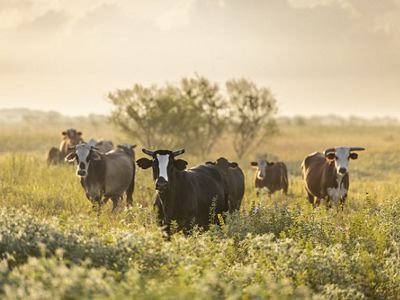
A Ranching Legacy Rooted in Stewardship
The O’Connor family has been part of this land since 1834, when their ranching legacy first took root in the region. Today, that legacy continues, not just through cattle, but through a deep commitment to conservation.
The newly protected parcel will remain a working cattle ranch, continuing the rhythms of ranch life while safeguarding the ecological richness of the prairie. Ultimately, placing the ranch under a conservation easement will help ensure that future generations inherit not just a ranch, but a thriving landscape. It’s a rare balance: productivity and preservation, side by side.
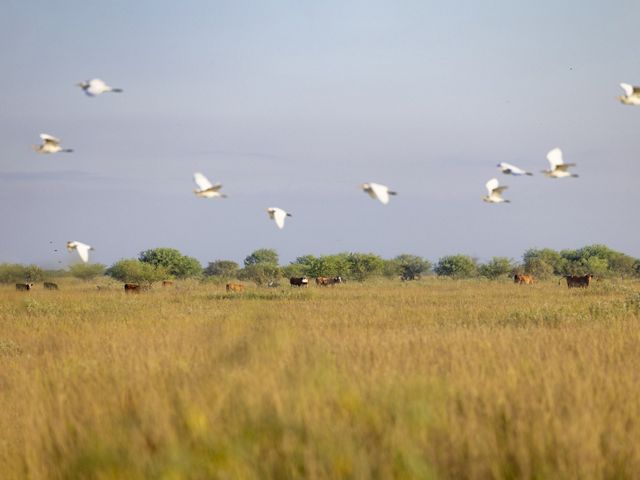
A Prairie Full of Life
The Refugio-Goliad Prairie is more than grass—it’s a living mosaic. Native species like little bluestem, yellow Indiangrass and brownseed paspalum stretch across these grasslands in sweeping waves, creating habitat for some of the most endangered wildlife in North America.
Among them is the Attwater’s prairie chicken, a bird whose numbers once dwindled to the brink of extinction but have begun to bounce back thanks to dedicated reintroduction efforts here. This habitat also shelters the elusive black rail and the migratory Sprague’s pipit along with globally rare plants like the Refugio rain lily and Welder machaeranthera.
But these grasslands do more than simply host plants and animals. They provide many natural benefits, from buffering communities from floods and hurricanes to filtering air and water to storing carbon deep underground, making them essential not just to wildlife, but to people too.
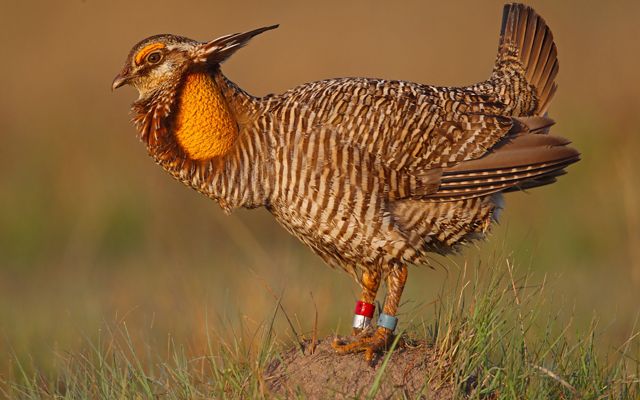
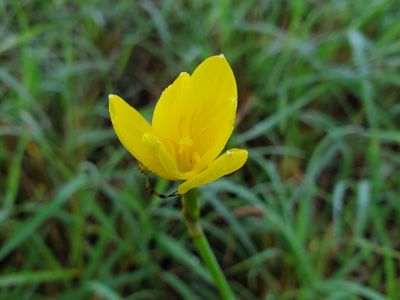
About the Conservation Easement
T.M. O'Connor Ranch
-
1st
The first conservation easement purchase funded by the Federal RESTORE Council, which was created to mitigate for the impacts of the 2010 Deepwater Horizon oil spill.
-
300
Provides habitat for more than 300 species and is among the most important areas in the United States for migrating, wintering and breeding shorebirds.
-
6M
Texas' coastal prairies and marshes once spanned 6 million acres. This easement protects significant acreage in Texas' largest remaining intact coastal prairie.
-
50,000
The ranch is part of a nearly 50,000-acre area where reintroduction of the federally endangered Attwater’s prairie chicken has been successful.
A Conservation Milestone
The easement was made possible through a $7.6 million grant from the RESTORE Council and the Texas Commission on Environmental Quality, as part of a broader effort to heal the areas of the Gulf Coast impacted by the Deepwater Horizon oil spill. Additional support came from the Knobloch Family Foundation, Frank Klein and H-E-B, reflecting the strength of public-private collaboration in conservation.
The easement agreement, now in place, will prevent development while outlining a comprehensive management plan that includes long-term stewardship, research and scientific monitoring. Texas A&M University’s Department of Rangeland, Wildlife and Fisheries Management and their Center for Grazinglands and Ranch Management will play a key role in guiding the health of the prairie for years to come.
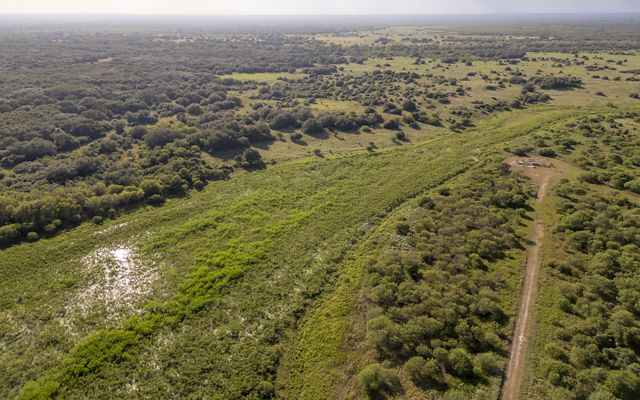
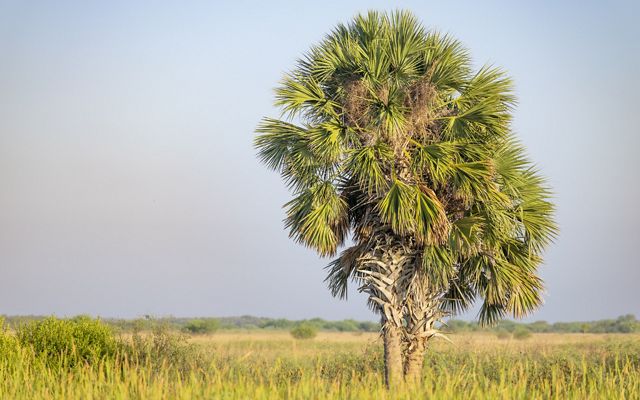
A Model for the Future
Once part of a 600,000-acre ranching empire, the O’Connor Ranch now stands as a symbol of what’s possible when conservation and agriculture come together. This easement sets a precedent for other landowners in the area, showing that protecting nature doesn’t mean giving up a family legacy—it means preserving what matters most. Rooted in history and sustained by partnership, the preservation of this ranch is a promise etched into the prairie, ensuring the region's heritage endures with each blade of grass that dances in the Gulf breeze.
Quote: Kirk Feuerbacher
This easement represents a major landmark for coastal prairie protection in Texas. By safeguarding these working lands, we’re not only preserving vital habitat for hundreds of endangered, endemic and migratory species, but also the ranching heritage that has maintained the landscape for generations.
We Can’t Save Nature Without You
Sign up to receive monthly conservation news and updates from Texas. Get a preview of Texas' Nature News email.
